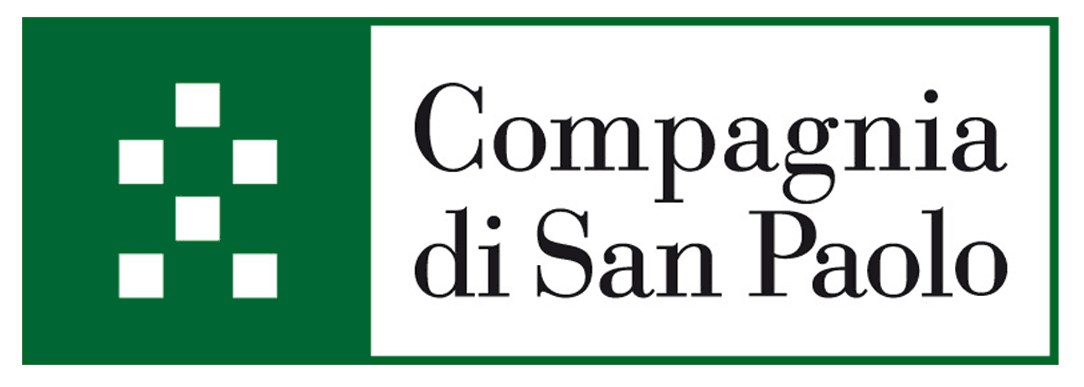top of page

17. Mornese | Mornese
Mornese è un piccolo borgo alle estreme propaggini collinari dell'Alto Monferrato, si eleva a 380 m s.l.m. e conta 713 abitanti.
Il nome deriverebbe da Molanesio rifacendosi al vocabolo latino mulio, mulionis, e indurrebbe ad ipotizzare la sua fondazione da parte di mulattieri genovesi.
Il borgo si sviluppa a partire dal XIII secolo quale centro viario di notevole interesse e, secondo la tradizione, risalirebbe a questo periodo l’edificazione del primo castello.
I secoli a seguire furono caratterizzati una serie di lotte e conflitti in tutto il territorio che comportò numerosi scontri ed avvicendamenti politici.
Nel XIX secolo diede i natali a due grandi interpreti del sentimento religioso, Don Domenico Pestarino (1817-1874) e Maria Domenica Mazzarello (1837-1881).
Il periodo fascista coincise con la crisi del settore vitivinicolo, ma fu proprio in questi anni difficili che il paese contò il maggior numero di abitanti:1350-1400 persone.
Oggi il paese, dopo essere stato colpito dallo spopolamento delle campagne degli anni ’60 e ’70, ha trovato il suo equilibrio e spicca tra gli altri comuni per la piacevolezza e la suggestione dei luoghi, la sua natura incontaminata.
Mornese is a small town at the extreme hillsides of Alto Monferrato, which rises to 380 meters above sea level and counts 750 inhabitants.
The name is supposed to be derived from Molanesio, referring to the Latin words mulio, mulionis, and there is a hypothesis that its foundation has taken place due to Genovese muleteers.
The town develops from the 13th century as a road network of considerable interests and according to tradition, the construction of the first castle dates back to this period.
The following centuries are characterized by a series of struggles and conflicts throughout all the territory which involved numerous clashes and political changes.
The 19th century gives birth to two great interpreters of religious sentiments: Don Domenico Pestarino (1817-1874) and Maria Domenica Mazzarello (1837-1881).
The fascist period coincides with the crisis in the wine sector, but during these years the town counts the largest number of inhabitants: 1350-1400 persons.
Today this town, after being hit by the small towns depopulation of the 1960s and 1970s, has found its balance and stands out among the other towns for the enjoyment and fascination of its places, a wide range of services and its uncontaminated nature.
Please reload
bottom of page


